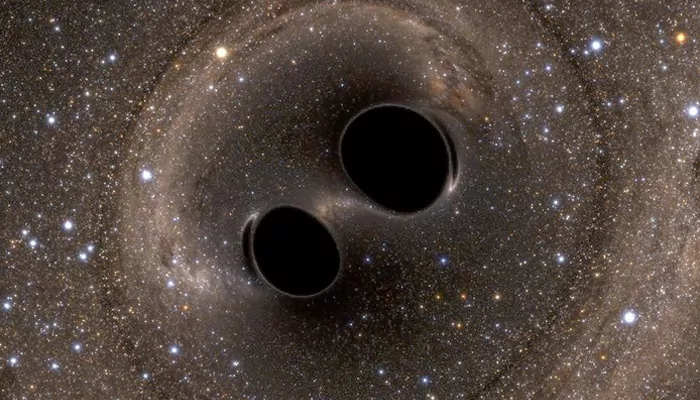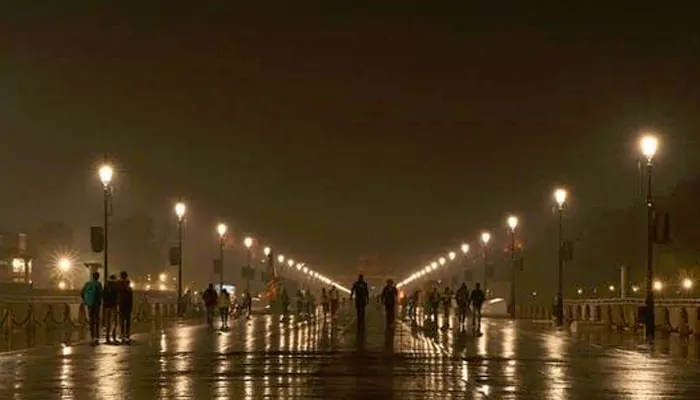
Here are today’s most important updates from the realm of Science and Space.
NASA's Perseverance rover has made history by completing the longest single drive on Mars, covering over 411 meters (more than a quarter mile) of rocky terrain on June 19. Compared to other Mars rovers like Curiosity and Opportunity, Perseverance has proven to be a speedster, showcasing its impressive mobility on the Martian surface. Perseverance's advanced self-driving software enables it to process and analyse images on the move, allowing for longer daily drives. Unlike Curiosity and Opportunity, which need to stop to take and process images before proceeding, Perseverance's capability opens up new possibilities for scientific exploration on Mars. The rover has also achieved a record-breaking 700-meter autonomous drive without human intervention.

Scientists have detected the most massive merger of two black holes ever recorded for the first time in history. The celestial event, which took place about 10 billion light-years from Earth, created powerful ripples in space-time, known as gravitational waves, picked up by special detectors like LIGO. The black holes, each more than 100 times the mass of the sun, spiralled into one another and collided after circling each other long ago, forming a massive black hole. The black holes first revolved around each other and then came closer before becoming one and blasting gravitational waves in the process, according to a report in Science News. The result was a black hole with a mass about 225 times that of the sun, according to researchers. Before this collision, the biggest such event was a black hole of about 140 solar masses.

Researchers in Japan say they have set a new world record for the fastest internet speed, transmitting over 125,000 gigabytes of data per second over 1,120 miles (1,802 kilometers). That would allow you to download the entire Internet Archive in less than four minutes, according to some rough estimates. This is also more than twice the previous world record of 50,250 Gbps, previously set by a different team of scientists in 2024. To achieve this new speed, the team developed a new form of optical fiber to send information at groundbreaking speeds over roughly the distance between New York and Florida. The new type of optical fiber is equivalent to 19 standard optical fibers in its data transmission capacity, which is better suited to long-haul transmission than existing cables because the centers of all 19 fibers interact with light in the same way, so they encounter less light fluctuation, which results in less data loss.

New research suggests that exposure to light at night could elevate your risk of multiple heart issues. The association makes biological sense. Our bodies use light signals to tell when it's time to sleep, and any disruption to that routine can interfere with our circadian rhythms, which regulate countless internal processes. Relationships of night light with risk of heart failure and coronary artery disease were stronger for women, according to the study. Avoiding light at night may be a useful strategy for reducing risks of cardiovascular diseases.